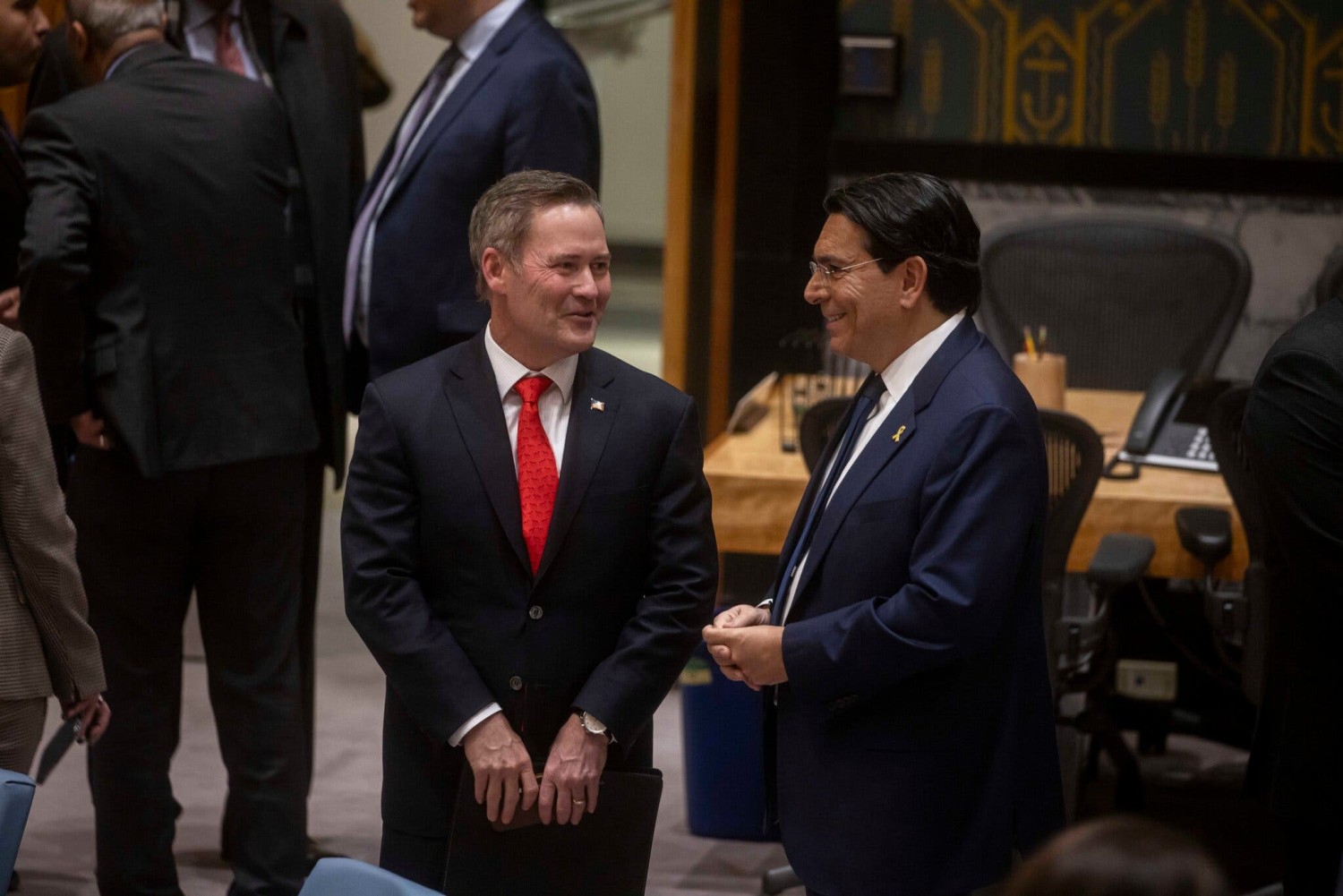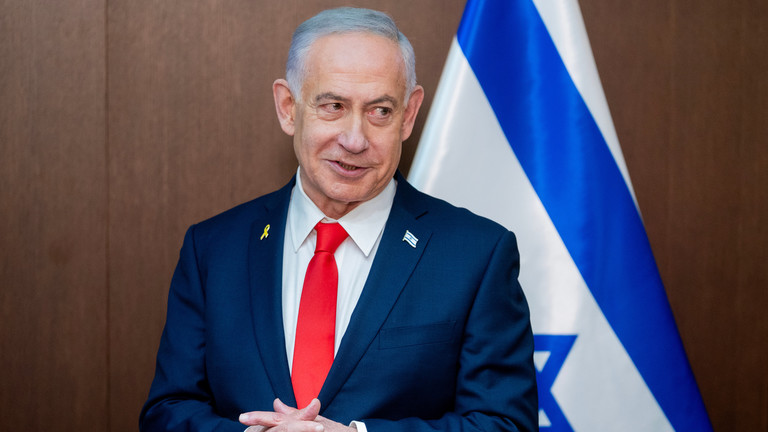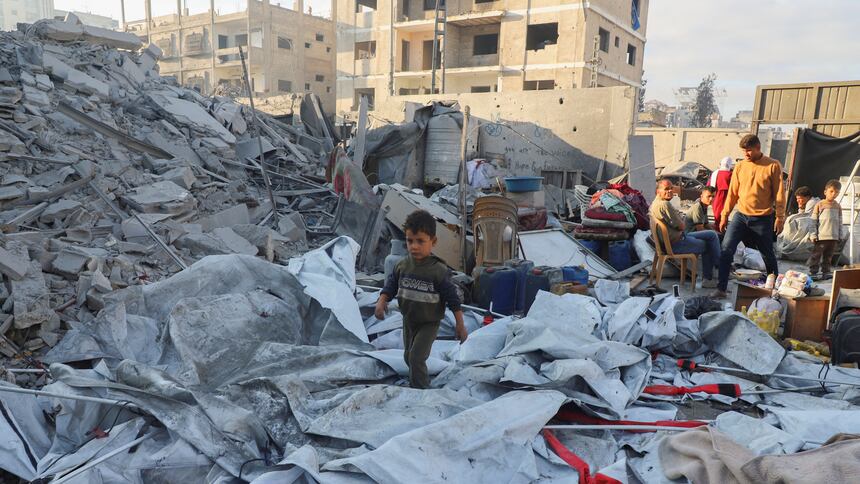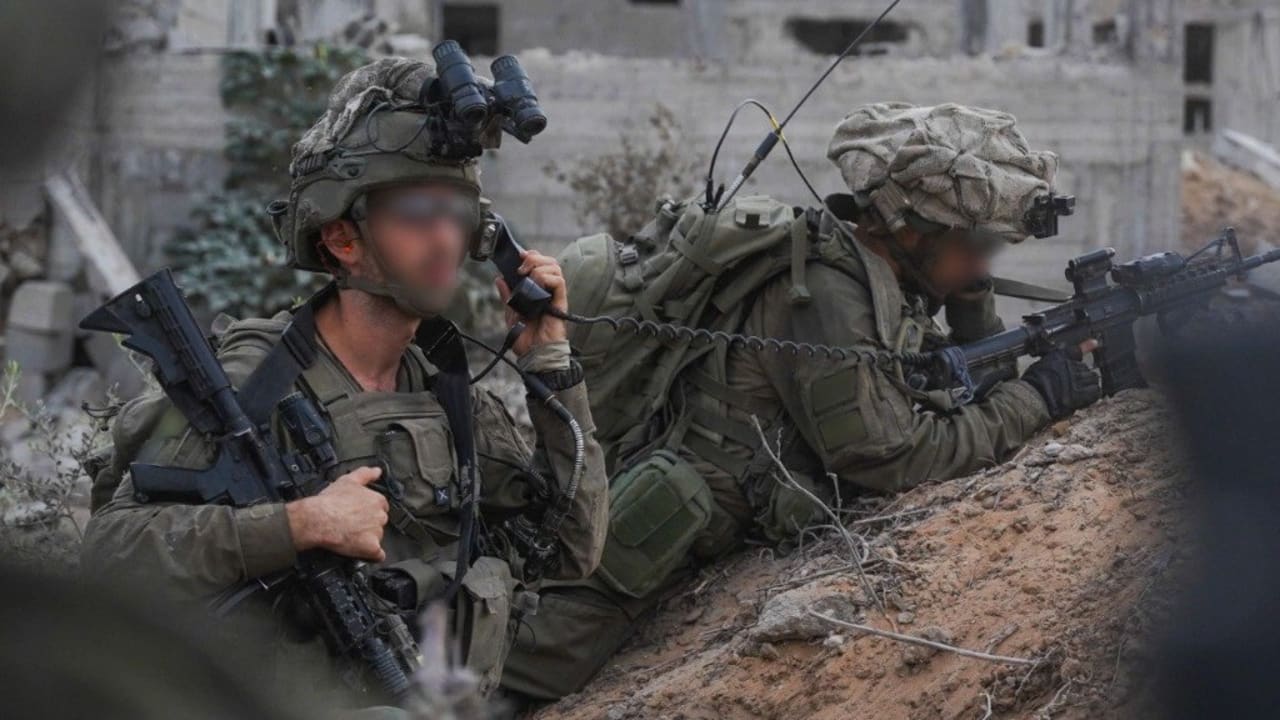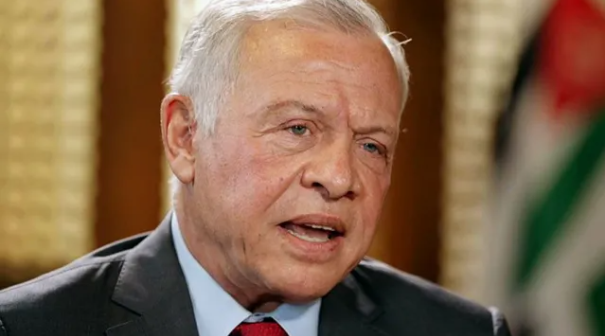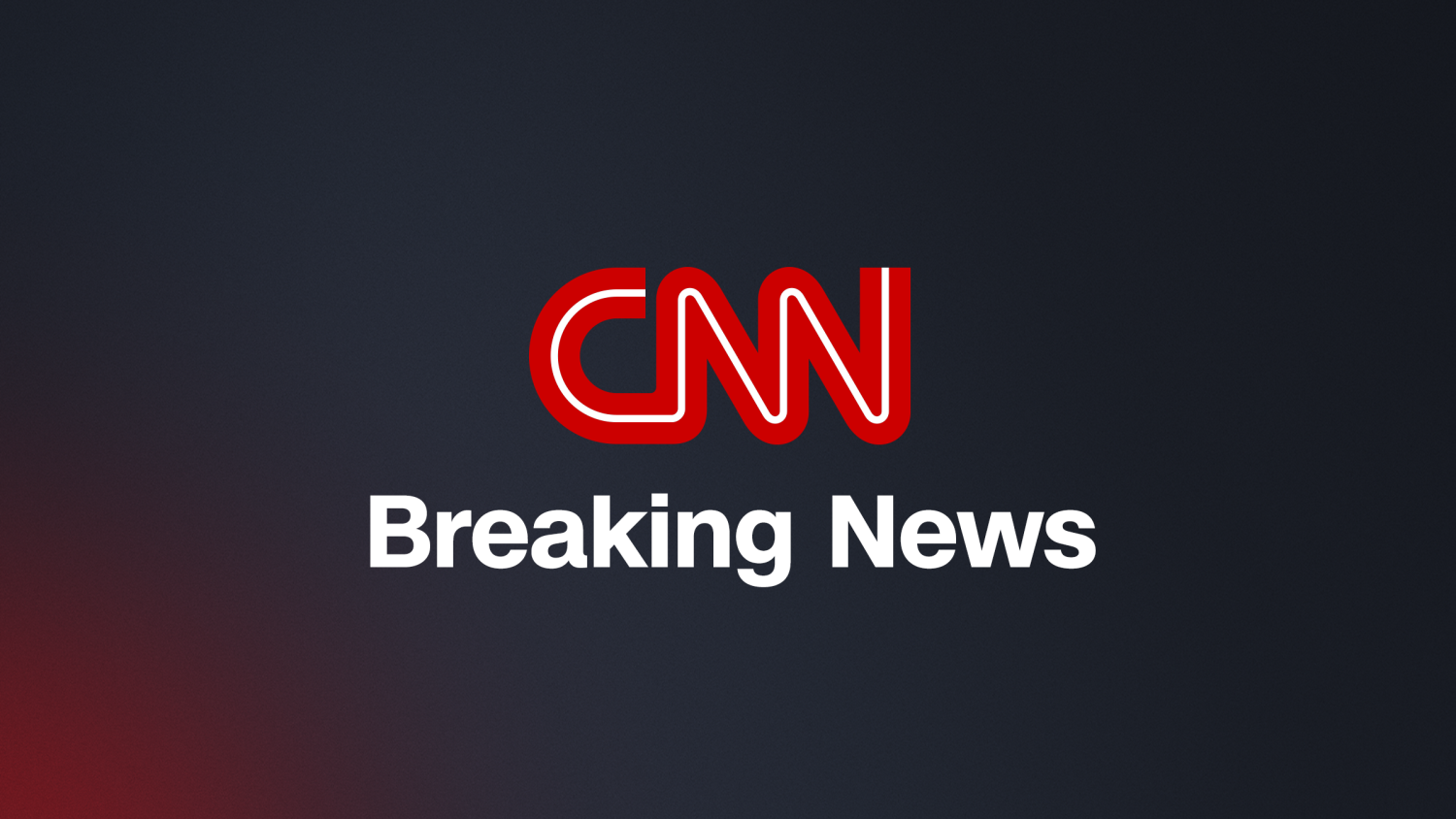
This article is more than
4 year oldHOLY CITY DIVIDED: ‘Red line’ that caused intense violence to erupt
Simmering tensions between Israelis and Palestinians have boiled over into the most intense violence seen in the region for many years, leading to fears a full-scale war could break out.
At the time of writing this, more than 1500 rockets have been fired into civilian-populated towns and cities across Israel.
Terrified families are waking to the sound of air raid sirens as children are whisked away to bomb shelters in the dead of night.
Seven people in Israel have been killed by the onslaught, including a six-year-old and a soldier.
On the other side, the death toll is much higher. Israeli fighter jets have roared over the skies of Gaza, bombing sites belonging to Palestinian armed groups including residential towers.
The Israeli army says it has done everything it can to ensure residents in these towers are given warnings so they can leave before the bombing starts but, despite this, the civilian death toll continues to climb.
RELATED: Gadot facing backlash over Israel tweet

southern Gaza Strip, during an Israeli air strike, on May 12.
Picture: Said Khatib/AFPSource:AFP
Gaza’s Ministry of Health said the overall death toll since the start of the latest offensive stood at 67, including 16 children. More than 300 others have been wounded.
Why has the region suddenly erupted?
Known as the world’s “most intractable conflict”, the tension between Israel and Palestine was brewing before Israel’s creation in 1948, as Muslims and Jews claimed parts of the region as their homeland.
Since then there have been countless attempts to bring peace to the region but, as this week has shown, none of them have succeeded, leading to decades of violent disagreements between the two sides.
To understand why the conflict has blown up in such a major way this week you have to look to arguably the world’s most sacred city, Jersusalem.
Holy city divided
Nestled in on a plateau in the Judaean Mountains between the Mediterranean and the Dead Sea, Jersusalem is one of the oldest cities in the world and is filled with holy sites that hold deep significance to millions of followers of the world’s biggest religions, Judaism, Islam and Christianity.
At the heart of the ancient settlement’s Old City is the hill known to Jews across the world as Temple Mount – the holiest site in Judaism – and to Muslims internationally as The Noble Sanctuary.
It was home to the Jewish temples of antiquity, and two Muslim holy places now stand there, the Dome of the Rock and Al-Aqsa Mosque.
RELATED: Woman charged for burning Israeli flag

Picture: Ahmad Gharabli/AFPSource:AFP
Christians also regard the city as sacred. They believe it’s the place where Jesus preached, died and was resurrected.
Because of the historical and religious significance of the city, both Israelis and Palestinians claim Jerusalem as their capital. Neither claim, however, is widely recognised internationally.
Decades of resentment
In the build-up to the horrendous violence we’re seeing this week, there had been nightly demonstrations in the Palestinian-dominated area of East Jerusalem.
This is a part of the city that Palestinians want as a capital of a future state, but where many of them have been forced from their homes by Israeli settlement building and expansion.
Some human rights groups and nations see this as a deliberate strategy of “ethnic cleansing” by the Israeli government to alter the demographics of the area and stop a sovereign Palestine forming, with East Jerusalem as its capital.
This has been happening in East Jerusalem and the surrounding West Bank territory since Israel occupied the area in 1967.

As a result, there are now more than 5 million Palestinian refugees registered with the UN and 600,000 Israeli settlers now living across the West Bank and East Jerusalem — areas that the international community does not recognise as Israel’s.
Tensions flare in Jerusalem
The embers of tension in the region that have never really gone away were ignited in the middle of April – the beginning of the Muslim holy month of Ramadan – when Israeli police put up barriers in East Jerusalem to stop evening gatherings at the walled Old City’s Damascus Gate.
Furious worshippers saw this as a restriction on their freedom to assemble, while police maintain they were set up to maintain order. There were weeks of nightly protests and tense scenes as worshippers clashed with police.
It all came to a head on Friday, with the Israeli police storming the al-Aqsa mosque, the third holiest shrine in Islam and the most sensitive site in the Israeli-Palestinian conflict, in East Jerusalem.
More than 220 people, mostly Palestinians, are reported to have been wounded as clashes broke out and police used rubber-coated bullets and stun grenades on a crowd who retaliated with stones and bottles.
This all took place on the Night of Power, one of the holiest nights of the year for Muslims, and the last Friday of Ramadan.
‘Red lines’ crossed
Islamist militant group Hamas demanded Israeli forces withdraw from the compound — the third holiest site in the Islamic faith — by Monday.
They and other militant groups repeatedly warned Israel that the fighting in Jerusalem was a “red line”, and vowed to fire rockets if Israeli police did not stop their raids.
To make matters worse, thousands of Jewish ultranationalists planned to march through East Jerusalem on Jerusalem Day on the same day, when Israeli Jews celebrate the “reunification” of Jerusalem, as show of Jewish sovereignty over the entire city.

by Israel's Iron Dome aerial defence system, on May 11. Picture: Mohammed Abed/AFPSource:AFP
In an effort to defuse tensions, police changed the route of the march but violence broke out elsewhere in the city, in the neighbourhood of Sheikh Jarrah where several Palestinian families face eviction from homes claimed by Jewish settlers in a long-running legal case.
Saying the “red lines” had been crossed, Hamas militants began to fire rockets toward Jerusalem, forcing Israeli politicians to flee parliament.
Hamas leader Ismail Haniyeh said Israel had “ignited fire in Jerusalem and Al-Aqsa and the flames extended to Gaza, therefore, it is responsible for the consequences”.
Israeli Prime Minister Benjamin Netanyahu responded by vowing to make the militant groups pay for their actions.
“Israel will respond very forcefully. We will not tolerate attacks on our territory, our capital, our citizens and our soldiers,” he said on Monday. “Whoever strikes us will pay a heavy price.”
It was only a matter of hours until Israeli warplanes began bombing militant targets in Gaza, with the military saying that civilian casualties “cannot be ruled out” in the densely populated coastal territory.
Situation goes from bad to worse
The violence has since escalated dramatically, with United Nations warning the region is on the brink of a “full-scale war”.
While Israel is vastly better equipped for combat, an Israeli military commander warned earlier this year that Hamas has amassed some 7000 rockets, as well as 300 antitank and 100 anti-aircraft missiles and other Islamic groups had amassed 6000 rockets.
Israel said around 1500 rockets had been launched into its territory since the beginning of the week by Palestinian militants, with almost all of them aimed at areas populated by civilians.
Violence has also broken out on the streets in mixed Arab-Jewish cities across Israel.
On Wednesday night, Israeli far-right groups took to the streets across the country, clashing with security forces and Arab Israelis.

being hit by an Israeli air strike, in Gaza City, on May 12.
Picture: Mohammed Abed/AFPSource:AFP
Israeli television aired footage of a far-right mob beating a man they considered an Arab until he lay unconscious on his back in a street of Bat Yam, near Tel Aviv.
“The victim of the lynching is seriously injured but stable,” Tel Aviv’s Ichilov Hospital said.
Are there political reasons for the violence?
Some commentators have suggested Prime Minister Benjamin Netanyahu may be using the conflict as a political tool to distract Israelis from his trial on corruption charges, which he denies.
Israel’s political system is also in crisis, with no party able to form a stable government after four inconclusive elections in the past two years.
International affairs experts Tristan Dunning and Martin Kear, lecturers at the The University of Queensland and University of Sydney respectively, says this means the government is in flux.
In a piece for The Conversation, they wrote that pro-settler parties have become the kingmakers in the political void that has formed.

Picture: Ahmad Gharabli/AFPSource:AFP
“Any aspiring government will likely need their backing to form a majority, which requires the support of pro-settler policies,” they pointed out.
They also said there are split allegiances on the Palestinian side too.
“Hamas is a resistance organisation, which is also responsible for administering the Gaza Strip,” they wrote.
“Its legitimacy largely rests on its resistance credentials, which means the movement routinely feels obligated to demonstrate its capacity to confront perceived Israeli aggression.
“This is in stark contrast to the inaction of the Hamas’ rival party, Fatah, and its leader, Palestinian President Mahmoud Abbas, who has remained largely silent in recent weeks despite the loss of Palestinian lives.”
